How to Lay Vinyl Flooring
So, you've purchased a bunch of lovely vinyl flooring... Now what? Well, now it’s time to fit it!
To get the
best results, we recommend leaving it to the professionals and hiring a
professional flooring fitter, but if you want to do it yourself, this guide can
help.
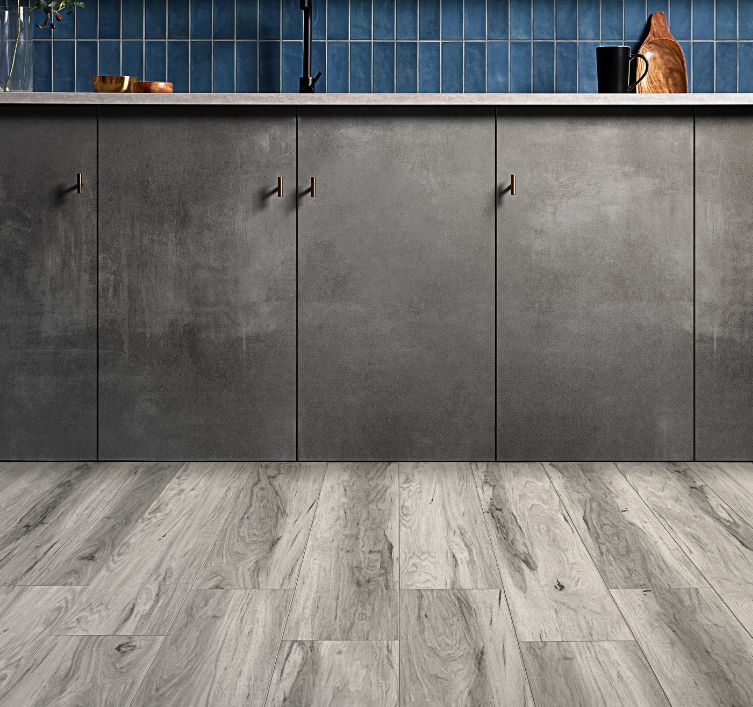
@homelymag
How to fit vinyl flooring
For fitting vinyl flooring, it’s important to make sure you’ve got all the correct equipment for the task at hand. Tools for laying vinyl include:
-
Knee pads
-
Bolster chisel
-
Stanley knife
-
Pencil
-
Vinyl adhesive
-
Lining paper
-
Home-made scribing gauge
-
A straight edge
After you’ve
got the right tools for the job, you can start preparing your sub-floor for
vinyl. One of vinyl’s many benefits is that it can be laid on almost any surface,
as long as it’s flat and clean.
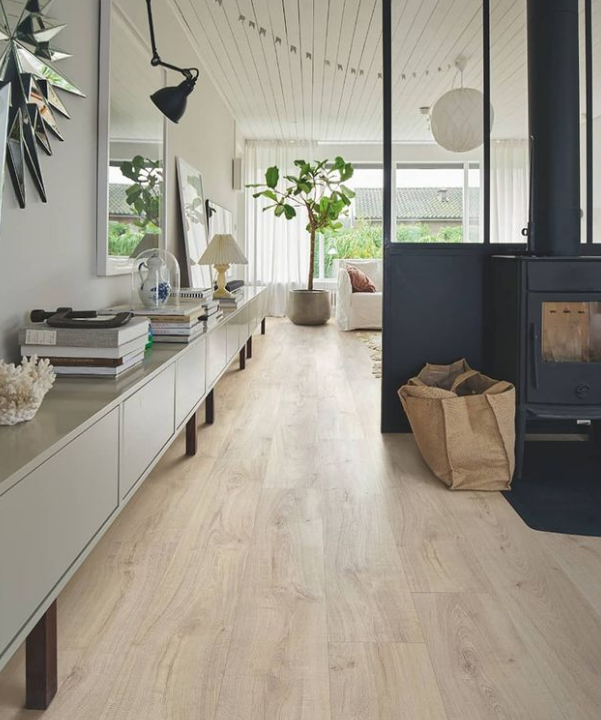
@pergoflooring
Step 1: Clear the room
The first thing to do before fitting any vinyl flooring is to begin by cleaning your room of any furniture, fixtures and fittings so you have enough space in the room to work.
Step 2: Leave any new surface to dry
Don’t lay vinyl over recently treated wood or moist concrete. Leave them to dry out before starting work.
Step 3: Lay out the vinyl
Allow your vinyl to sit in the room you intend to lay it in for 24 hours before beginning. This crucial step allows it to adjust to the climate of the room for the best fit.
Step 4: Remove covering
Any existing tile or floor covering should be removed if possible. If you are unable to do so, ensure that all existing covering is secure and in good condition. Clean it thoroughly and use the compound to fill any dents or gaps.
Step 5: Check compatibility with underfloor heating
Check with your underfloor heating manufacturer to ensure that the brand is compatible with it. Many types of vinyl are!
Step 6: Prepare existing floorboards
Prepare the existing floorboards by ensuring that no nails protrude above the surface and nailing down any loose boards.
Step 7: Fixtures and fittings
Use nails that are the proper length, about 19mm or so. If they are too long, they may pierce through the floorboard and into pipes or cables.
Step 8: Ensure flooring is correctly placed
If you're using hardboard sheets, make sure the texture side is up so the adhesive sticks. Begin in a corner of the room and place the nails in a pyramid pattern about 13mm in from the sheet's edges.
Step 9: Nailing the first board
Space the nails 150mm apart around the edges, but 225mm apart in the centre. It's best to begin in the centre of one edge and work your way across the board to the other.
Step 10: Fitting boards together
Bring the sheets together and nail the edges where they meet first. When you've finished the first row of boards, cut the last one to size.
Step 11: Laying the remainder of the flooring
Begin the second row with this off-cut from the last sheet in the first row and continue in the same manner. This reduces waste while also ensuring that the joints are staggered.
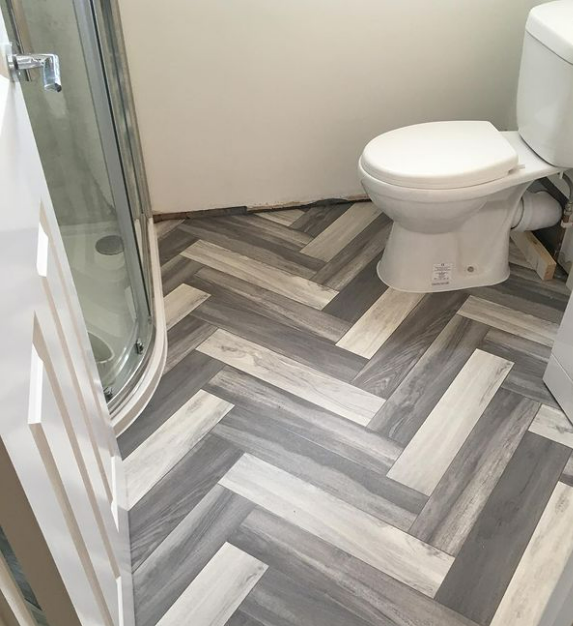
@richardwilliamsflooring
How to lay vinyl flooring around a toilet
It can be quite tricky fitting vinyl in a bathroom, especially around the necessities such as a toilet or a sink. Here are some simple steps you can do to make the process of laying vinyl flooring around a toilet or sink easier:
Step 1:
Place the vinyl in your bathroom up to the front of the toilet, wash basin, and so on, then fold it back on itself.
Step 2:
Then, using scissors, cut a straight line from the edge of the vinyl to the centre of the toilet or pedestal. Again, using scissors, make a series of cuts all the way around the pedestal's base, being careful not to go too far in.
Step 3:
Make a sharp crease around the base and cut around it, trimming each flap until it fits perfectly before rolling it back.
Step 4:
Apply adhesive around the fitting and press the vinyl firmly into place.
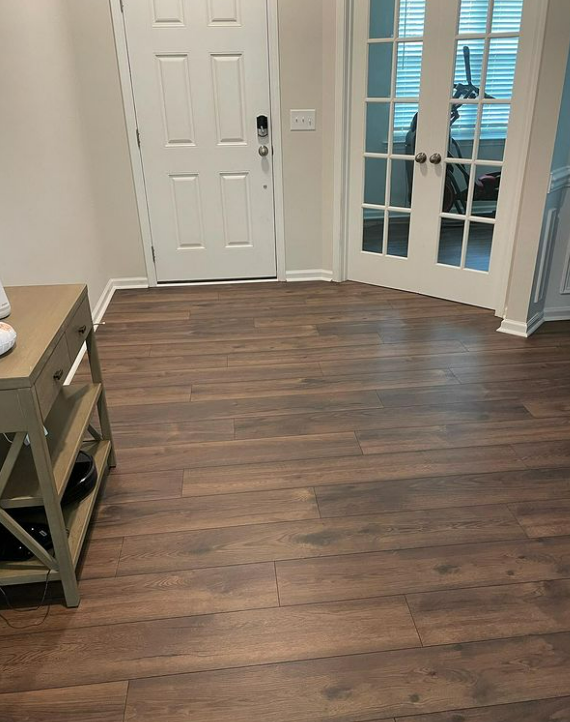
@gida_flooring
Do you need underlay for vinyl flooring?
Most vinyl flooring and luxury vinyl tiles do not require underlayment. This is because vinyl floors have a base layer, so adding an underlay is unnecessary. This base layer increases the durability and comfort of the vinyl flooring. The only time a vinyl floor requires underlayment is when the surface beneath it is uneven or has damp issues.
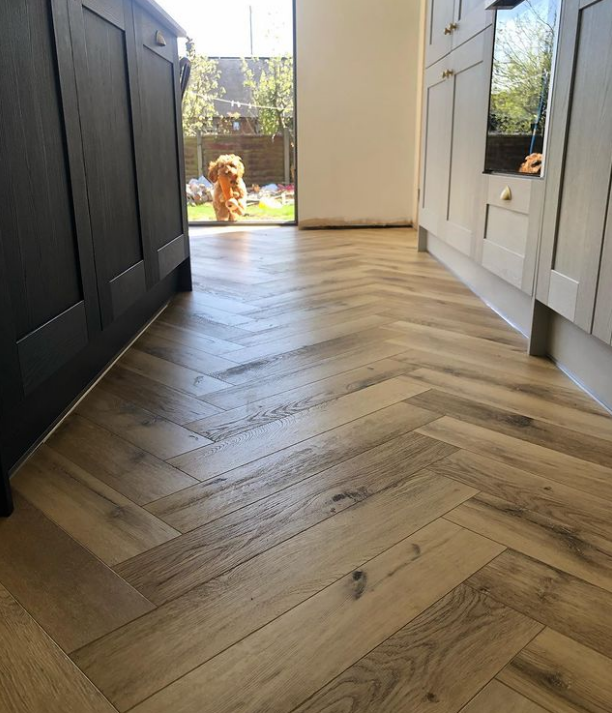
@mabel.in.the.house
Can you paint vinyl flooring?
Painting vinyl is an effective way to revitalise worn-out vinyl flooring without breaking the bank. Painting vinyl floors is a simple and cost-effective way to make them look new and shiny. All you have to do is prepare the floor by thoroughly cleaning it, de-grossing it, applying primer, and finally painting it.
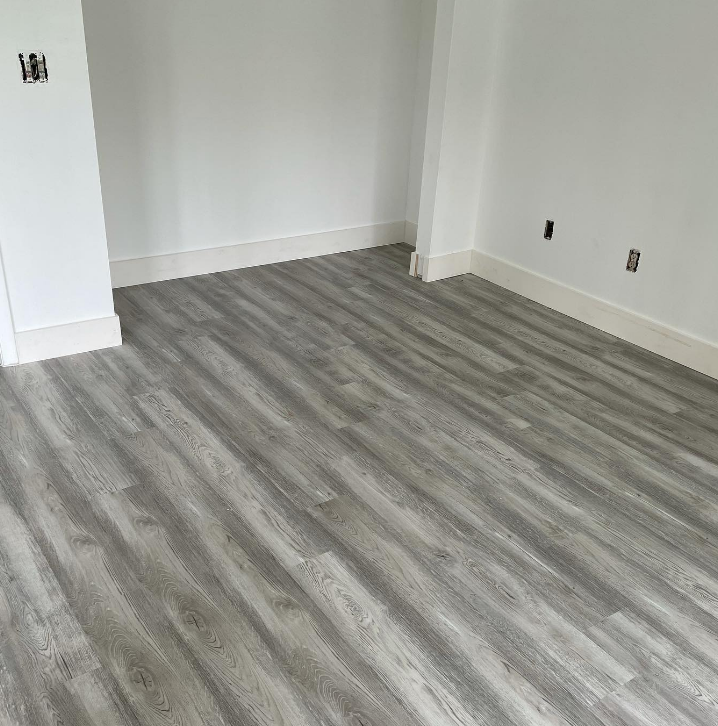
@weworkerscorp
How to join vinyl flooring
You may need to join two sheets of vinyl on occasion, such as in a large room. To avoid minor colour variations between rolls, use two sheets from the same roll.
Step 1:
Slide the second sheet along the first until all the patterns are perfectly aligned.
Step 2:
Fold the edges over while keeping the sheets in the same place
Step 3:
Stick the edge with double-sided tape or adhesive and press down firmly to secure it to the floor.
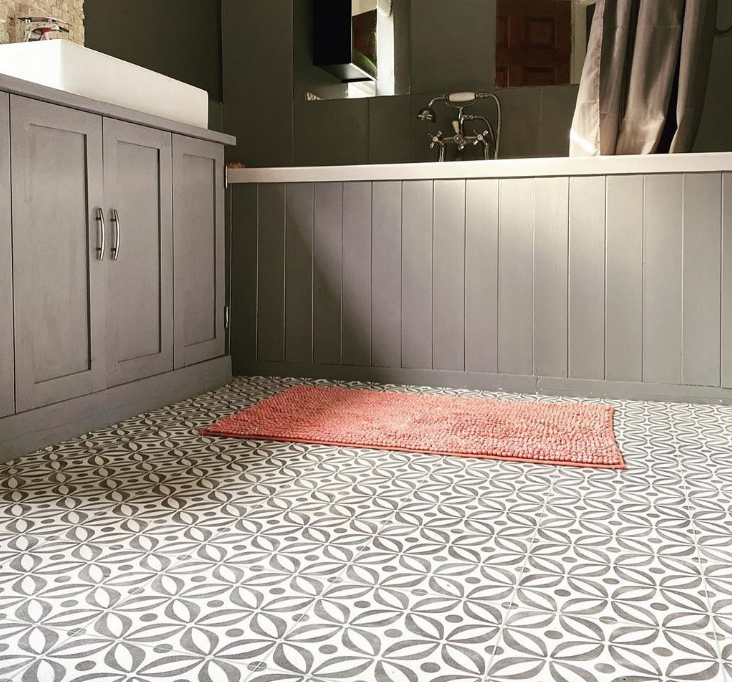
@best4flooring_uk
Some heavy-duty vinyl flooring does
not require any adhesive because it is held down by its own weight. Glue is
required around the edges and at any joins in lighter cushioned flooring.
The lightest and thinnest vinyl should be applied all over. The best method is to lay the vinyl down, roll it back halfway, and apply adhesive to the floor. Put this half down and then do the same on the other side.
We hope this guide has helped you understand a bit more on how to lay, join and paint vinyl flooring! If you have any further questions about vinyl flooring or just need some more information about the products we sell at Howarth, please visit your local friendly Howarth branch, or contact our customer services on the number 01472 907051.
Recent Posts
-
Garden Gate Buying Guide
Is your next project adding a garden gate to enhance, protect and secure your garden? Before you do
-
How to cut plasterboard
Whether you're a seasoned tradesperson or trying your hand at DIY, knowing how to cut plasterboard c

